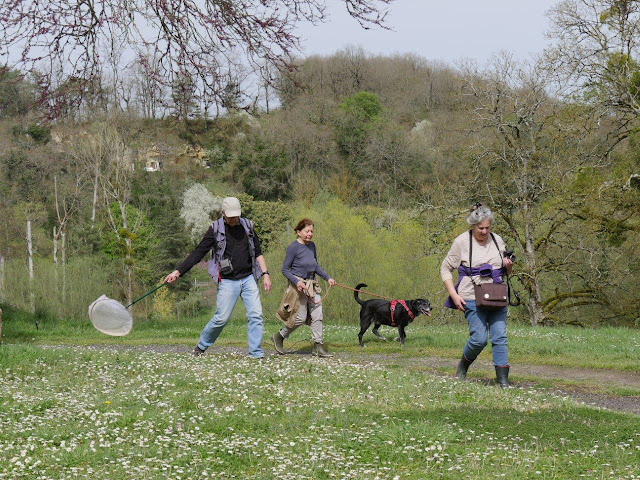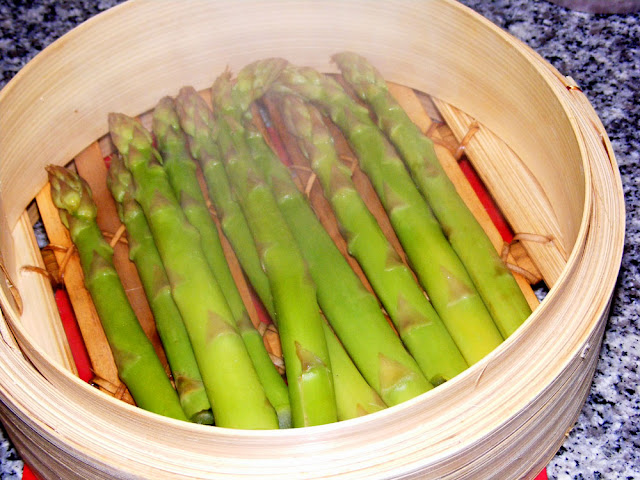Here are some photos from the Botamyco37 outing to the Chateau de Brou yesterday. We were focusing on lichen, but there were some interesting insects too. As ever, Marie-Claude did a great job of organising and providing expert field teaching.
 |
Patrick, Marie-Christine and me in action. Photo courtesy of Louisette Chaslon.
|
Violet Oil Beetle
Meloe violaceus (Fr. Meloe violet), mating. Male is below, female above. He is eating a buttercup stem, one of their favourite foods. These beetles are the object of some conservation concern as their numbers are declining.
Marie-Claude, left, introducing us to the startling white lichen called
Sporodophoron cretaceum, almost entirely restricted to oak trunks, and identifiable because it reacts by turning yellow when potassium is applied.
Many lichenologists favourite little lichen, the uncommon Goldeneye Teloschistes chrysophthalmus (Fr. Œil d’or). It is always found on twigs, and likes being in the wind. It is very sensitive to pollution, so has been in decline in Europe for decades.
Trox sp, a hide beetle that I was lucky to see. They are uncommon, and live in birds nests, eating dessicated organic matter. I think it is quite rare to see one trundling about in the open, and I had to ask for help in identifying it (many thanks Philippe Zorgati).
Variospora aurantia a lichen of limestone, which we found on the stones of the chateau itself. It can be distinguished from its lookalike and very common cousin
V. flavescens by looking at the lobes of the thallus (ie the wavy outer edge of the lichen).
V. aurantia has flattened lobes, a bit like spatulas;
V. flavescens has rounded lobes, a bit like fingers.
Black Shield lichen
Tephromela atra var
calcarea, something of an old friend for me, as I remember learning this one on a previous outing led by Marie-Claude. This variety is very common on limestone, but there is another variety that grows on flint, and another one that grows on tree bark.
A mating pair of the fever fly
Dilophus antipedalis. These are in the family Bibionidae, and typically there is sexual dimorphism like this, with females being larger and having long heads with small eyes. Males have large eyes and are smaller. This pair were just a few millimetres long.
 |
Me trying to photograph the flies. Photo courtesy of Louisette Chaslon.
|
We don't often have somewhere so grand for the outing leader to do their introduction. We are very grateful to the Chateau's owners for allowing us access.
Dark-edged Bee Fly Bombylius major (Fr. Grand Bombyle), female, which was lurking around a Common Furrow Bee Lasioglossum calceata colony, waiting its chance to lay eggs in the bees' nests.




























